MCQ s from UNIVERSAL BOOK DEPOT 1960 PHYSICS (HINGLISH) WORK, ENERGY, POWER & COLLISION for Class 11
| Class 11 | PHYSICS |
| Chapter | WORK, ENERGY, POWER & COLLISION |
| UNIVERSAL BOOK DEPOT 1960 PHYSICS (HINGLISH) | MCQ s |
| Medium | English |
| Academic Year | 2023-2024 |
Question 108
Two identical cylindrical vessel with their bases at the same level each contain a liquid of density ρ. The height of the liquid in one vessel is h1 and in the other is h2 the area of either base is A. What is the work done by gravity is equalising the levels when the two vessels are connected?View SolutionQuestion 130
Two identical blocks A and B , each of mass m resting on smooth floor are connected by a light spring of natural length L and spring constant k, with the spring at its natural length. A third identical block C (mass m) moving with a speed v along the line joining A and B collides with A. The maximum compression in the spring is View SolutionQuestion 152
A spherical ball of mass 20kg is stationary at the top of a hill of height 100m , it rolls down a smooth surface to the ground , then climbs up another bill of height of 30m and final rolls down to a horizontal base at a height of 20m about the ground . The velocity attained by the ball is View SolutionQuestion 192
A cannot ball is fired with a velocity 200m / sec at an angle of 60° with the horizontal. At the highest point of its flight it explodes into 3 equal fragments, one going vertically upwards with a velocity 100 m / sec , the second one falling vertically downwards with a velocity 100 m / sec . The third fragment will be moving with a velocity View SolutionQuestion 241
Four smooth steel balls of equal mass at rest are free to move along a straight line without friction. The first ball is given a velocity of 0.4 m/s . It collides head on with the second elastically, the second one similarly with the third and so on. The velocity of the last ball isView SolutionQuestion 252
A mass 'm' moves with a velocity 'v' and collides inelastieally with another identical mass . After collision the 1st mass moves with velocity v√3 in a direction perpendicular to the initial direction of motion. Find the speed of the 2nd mass after collision.
⋅→mbeforecollision⋅m↑⏐ ⏐ ⏐ ⏐⏐v/√3aftercollision⟩View SolutionQuestion 288
The displacement x of particle moving in one dimension, under the action of a constant force is related to the time t by the equation t=√x+3
where xis∈metersandt∈seconds . Find
(i) The displacement of the particle when its velocity is zero , and
(ii) The work done by the force in the first 6seconds. View SolutionQuestion 289
A force F=−K(yˆi+xˆj) (where K is a positive constant) acts on a particle moving in the x-y plane. Starting from the origin, the particle is taken along the positive x-axis to the point (a,0), and then parallel to the y-axis to the point (a,a). The total work done by the force F on the particle isView SolutionQuestion 297
A shell is fired from a cannon with a velocity v(m/sec.) at an angle θ with the horizontal direction. At the highest point in its path it explodes into two pieces of equal mass. One of the pieces retraces its path to the cannon and the speed (in m/sec.) of the other piece immediately after the explosion isView SolutionQuestion 298
A vessel at rest exlodes breaking it into three piecess. Two pieces having equal mass fly off prependicular to one anther with the same speed of 30m/s . The third pieces has three times the mass of each other piece. What is the direction (w.r.t. the piece having equal masses) and magnitude of its velocity immediately after the explosion? View SolutionQuestion 300
Consider elastic collision of a particle of mass m moving with a velocity u with another particle of the same mass at rest. After the collision the projectile and the struck particle move in direction making angles θ1 and θ2 respectively with the initial direction of motion. The sum of the angles. θ1+θ2, isView SolutionQuestion 303
A set of n identical cubical blocks lies at rest parallel to each other along a line on a smooth horizontal surface. The separation between the near surfaces of any two adjacent blocks is L . The block at one end is given a speed v towards the next one at time 0 t . All collisions are completely inelastic, then View SolutionQuestion 319
A particle initially at rest on a frictionless horizontal surface, is acted upon by a horizontal force which is constant is size and direction. A graph is plotted between the work done (W) on the particle, against the speed of the particle, (v). If there are no other horizontal forces acting on the particle the graph would look likeView SolutionQuestion 327
A particle of mass m moving with a velocity u makes an elastic one-dimensional collision with a stationary particle of mass m establishing a contact with it for extermely small time. T. Their force of contact increases from zero to F0 linearly in time T/4, remains constant for a further time T/2 and decreases linearly from F0 to zero in further time T/4 as shown. The magnitude possessed by F0 is.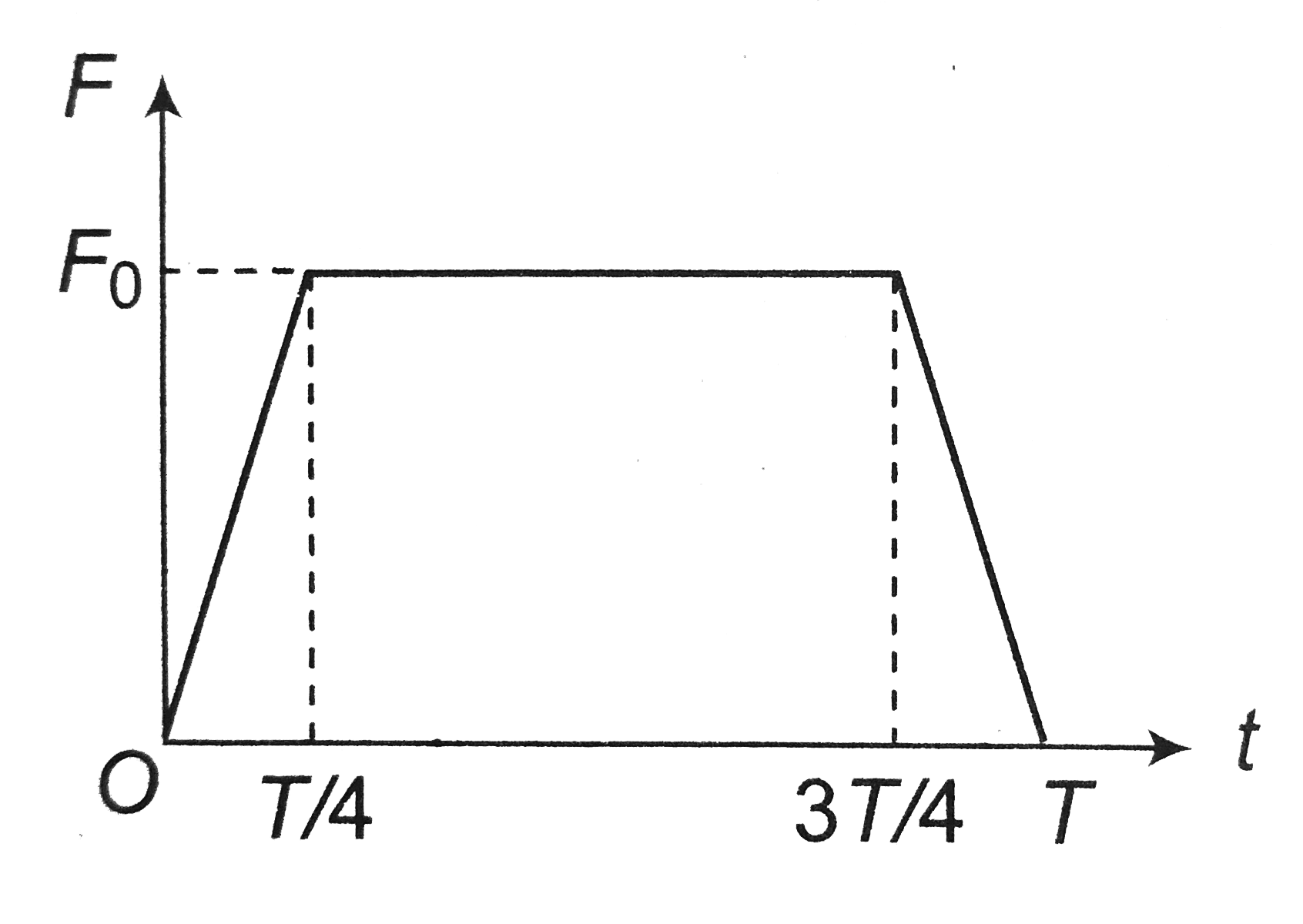 .View Solution
.View SolutionQuestion 340
Statement-1:Comets move around the sun in elliptical orbits, the gravitational force on the comet due to sun is not normal to the comet's velocity, but the work done by the gravitational force over every complete orbit of the comet is zero.
Statement-2: Gravitational force is a conservative force and the work done by a conservative force over a closed path is always zero. View Solution
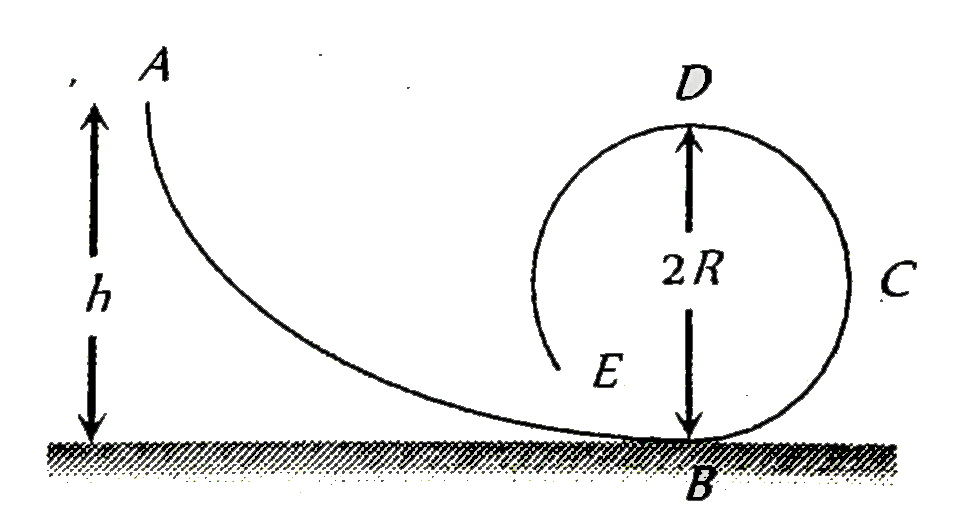
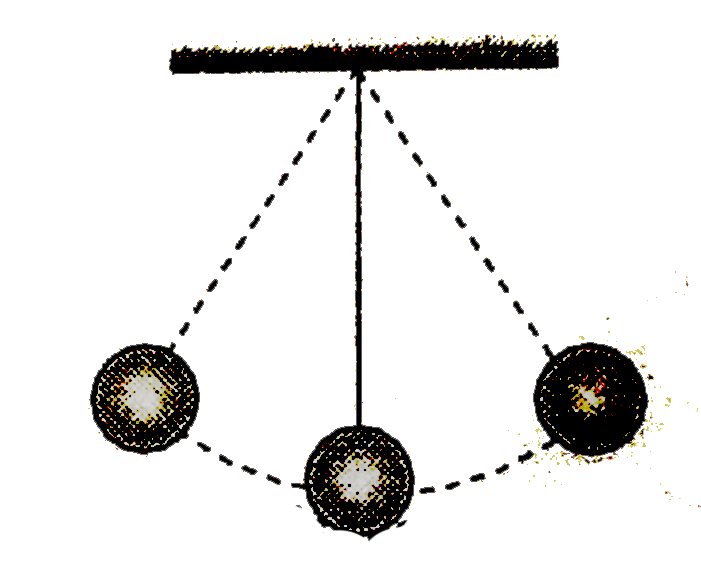
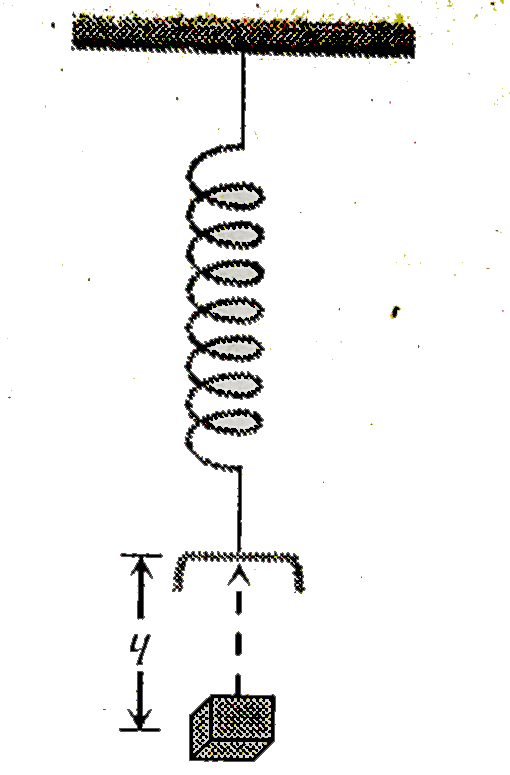
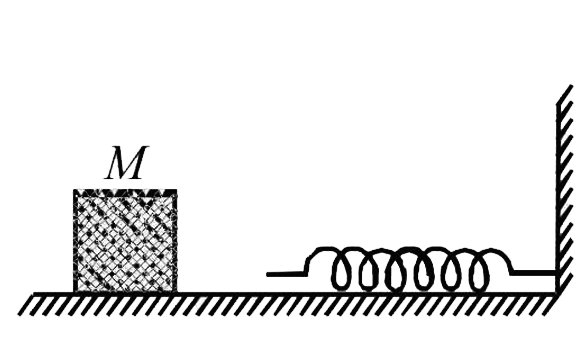
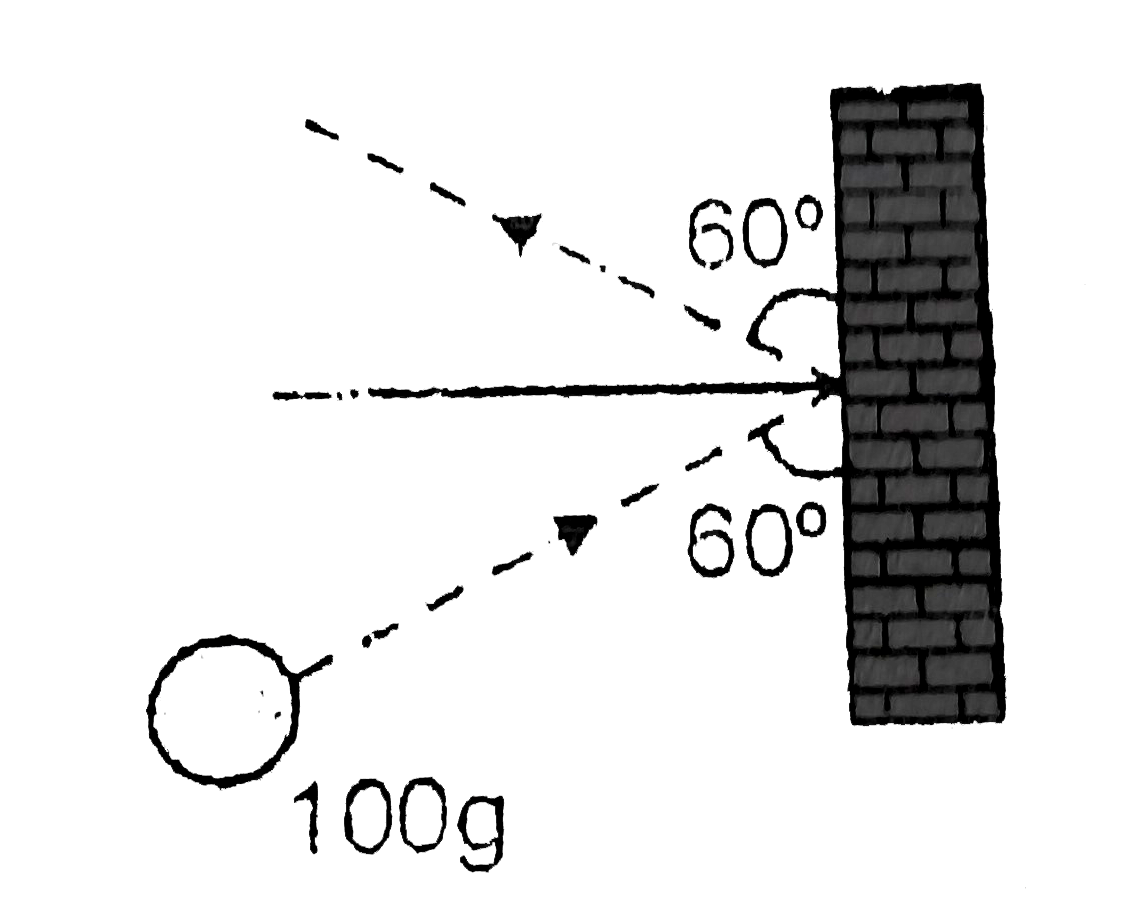

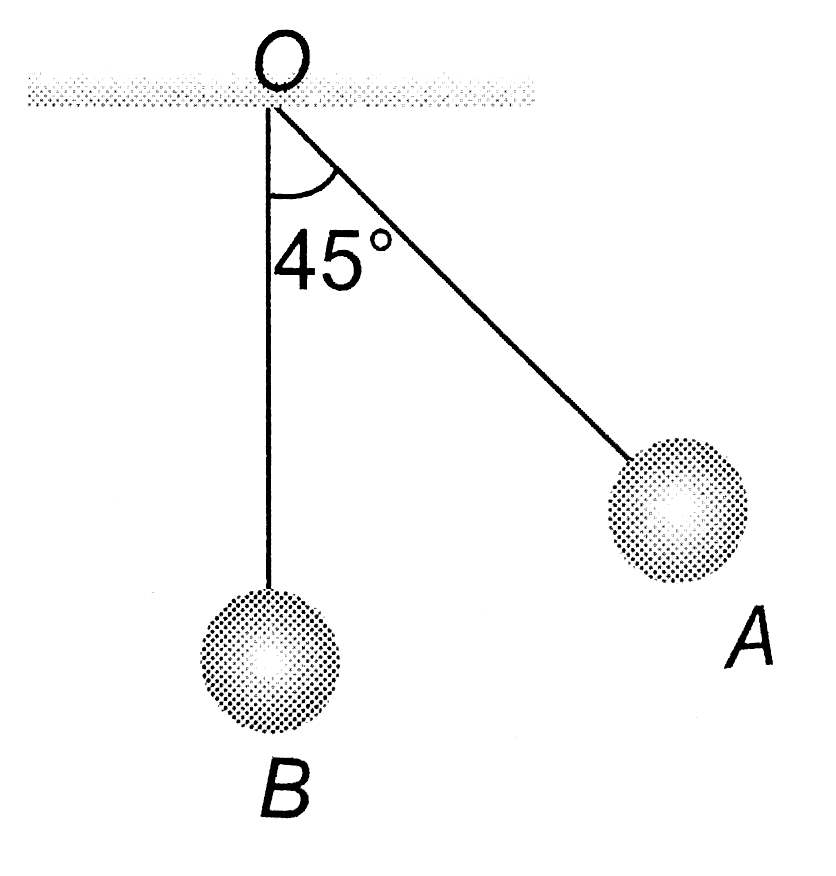
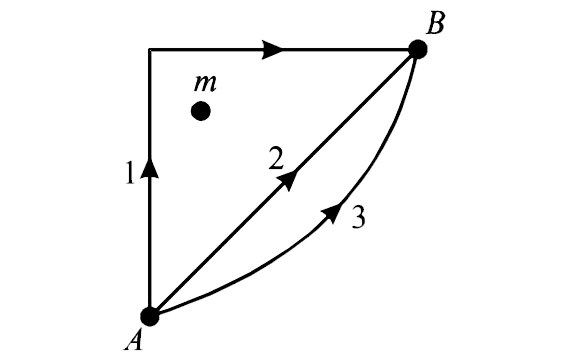
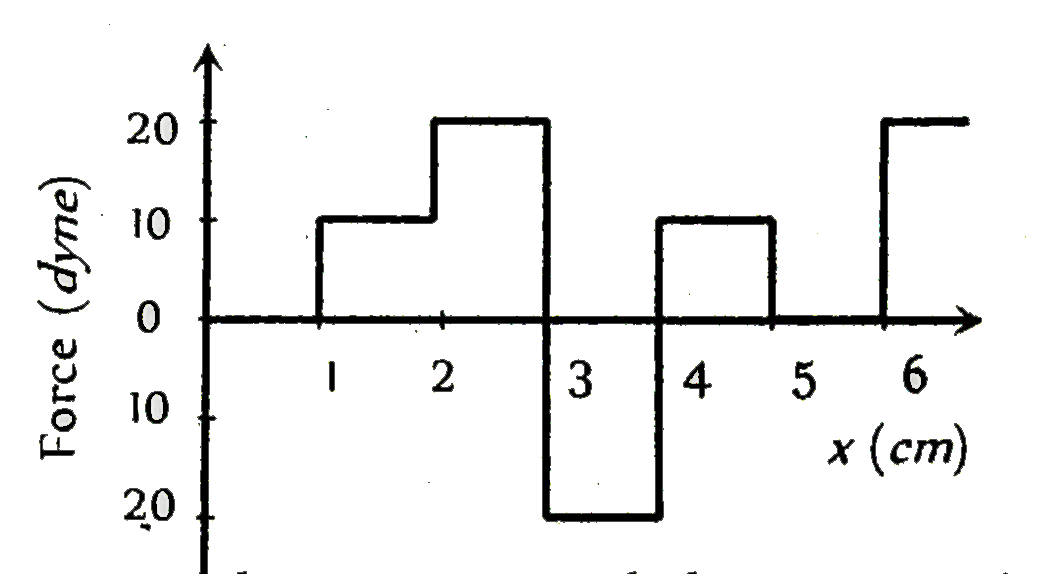
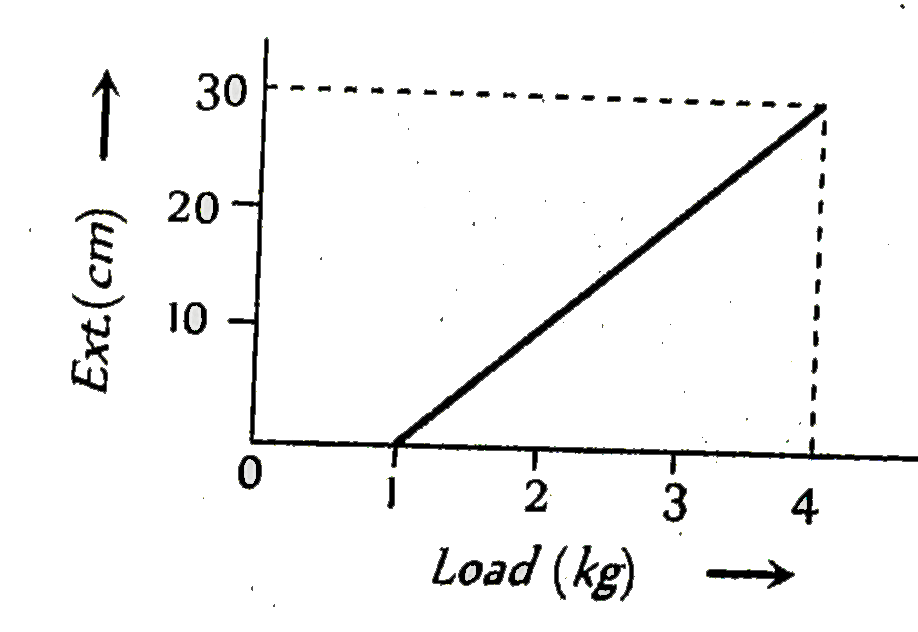
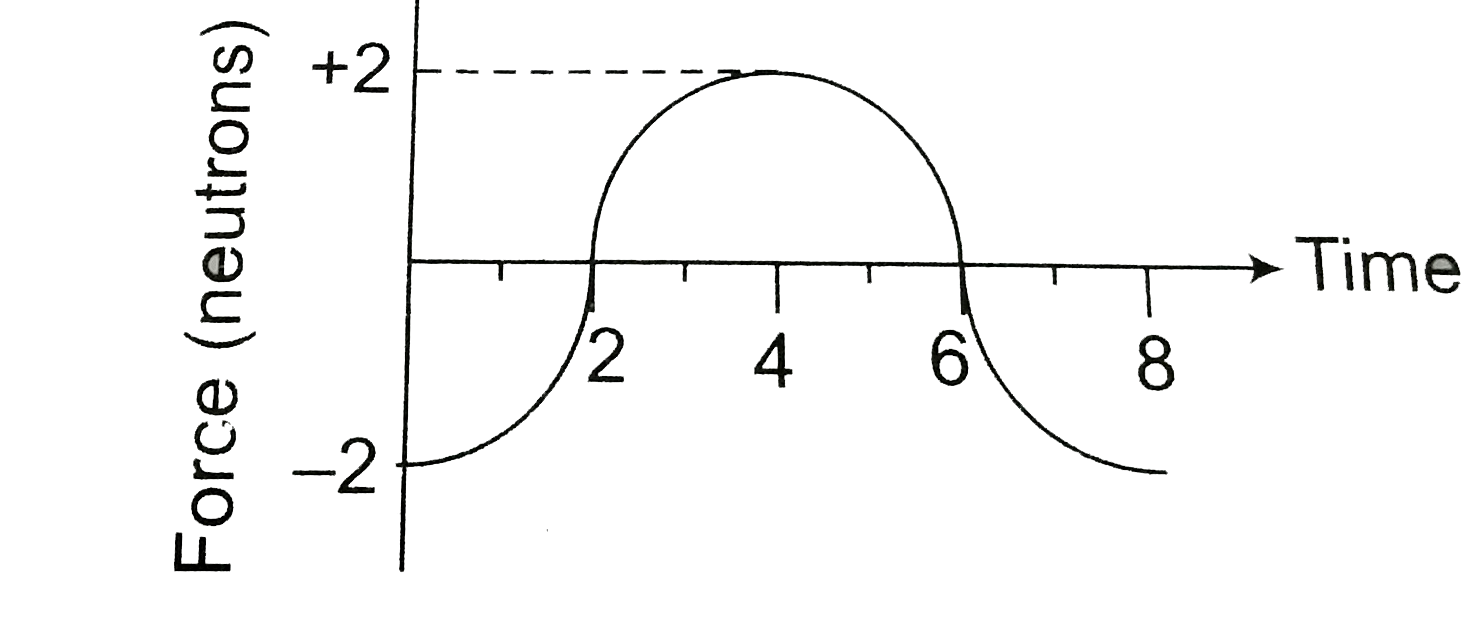
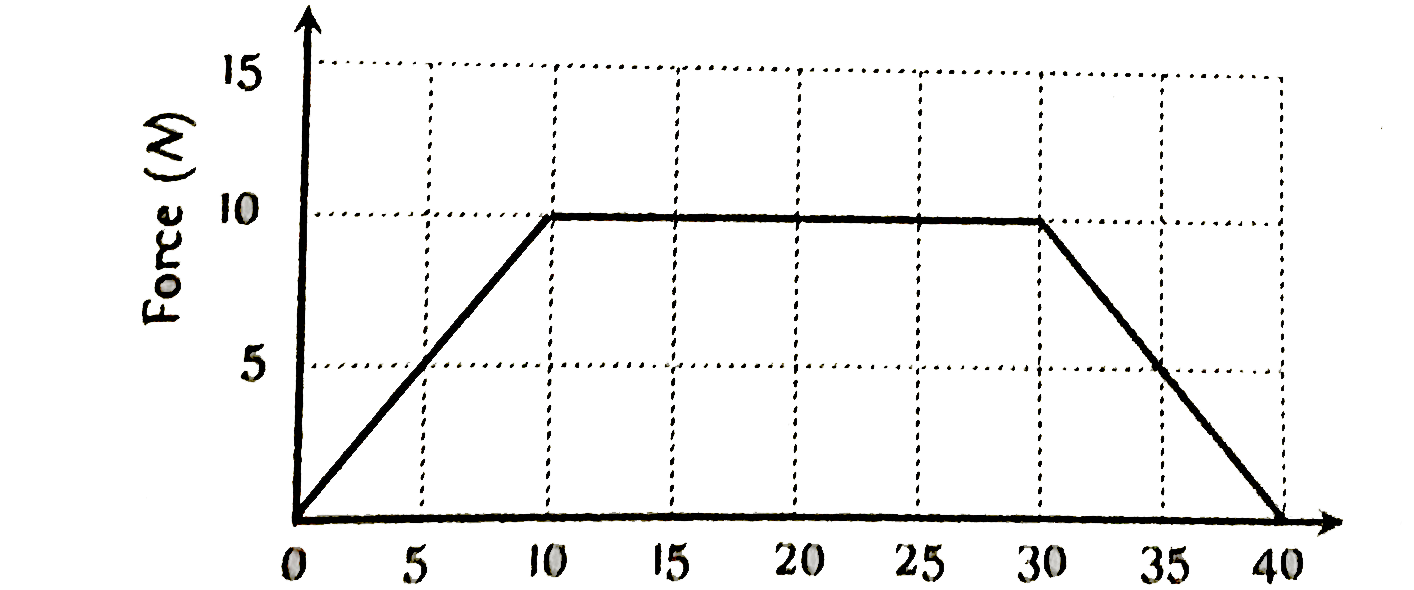
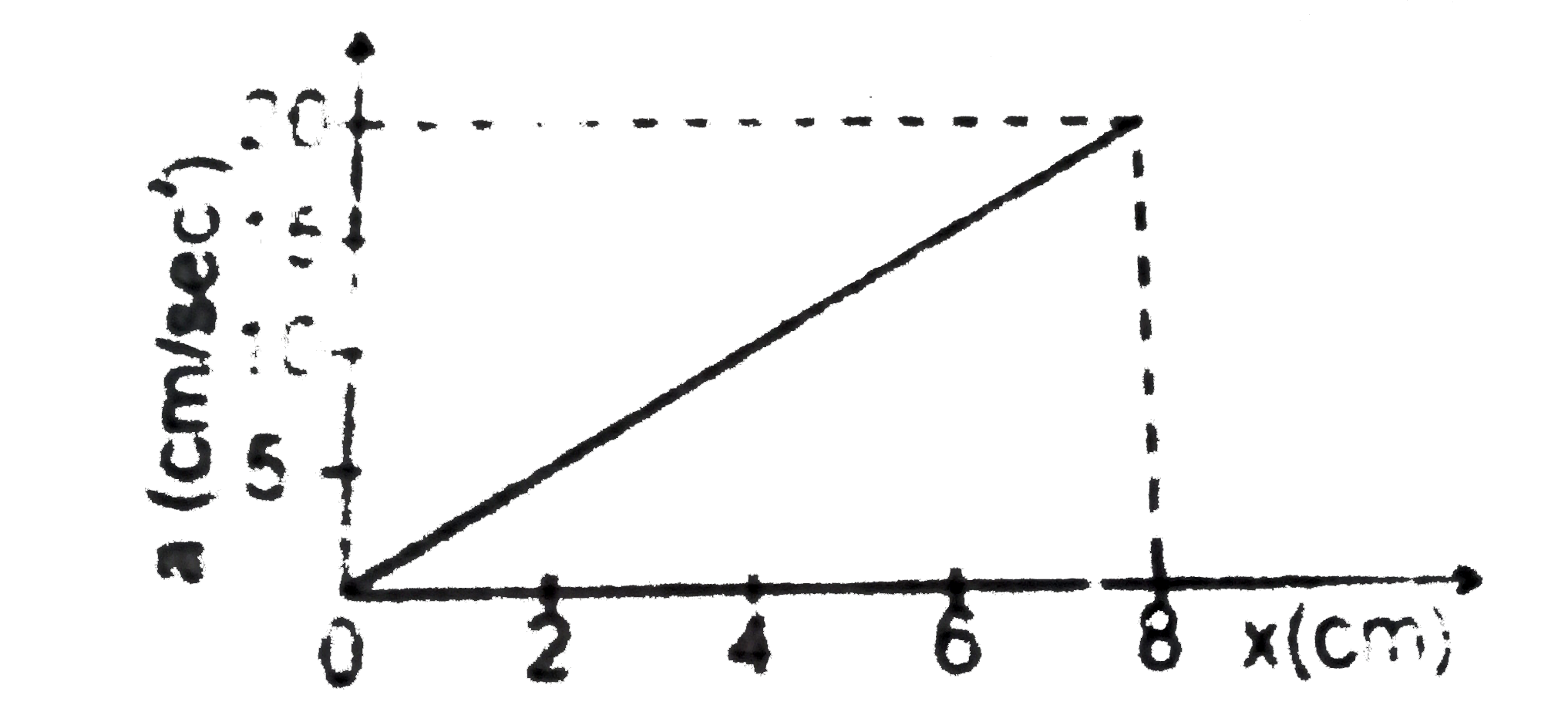
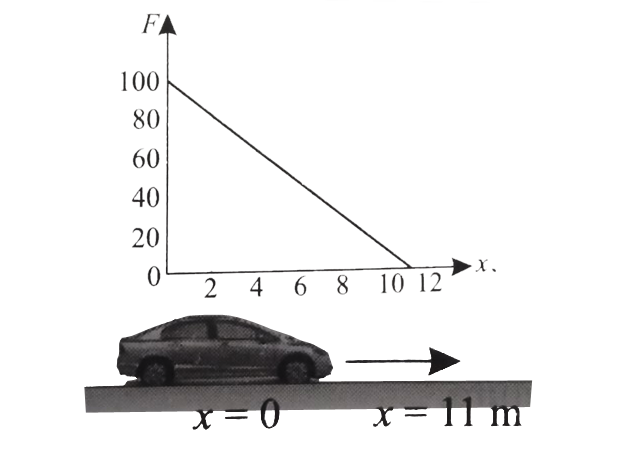
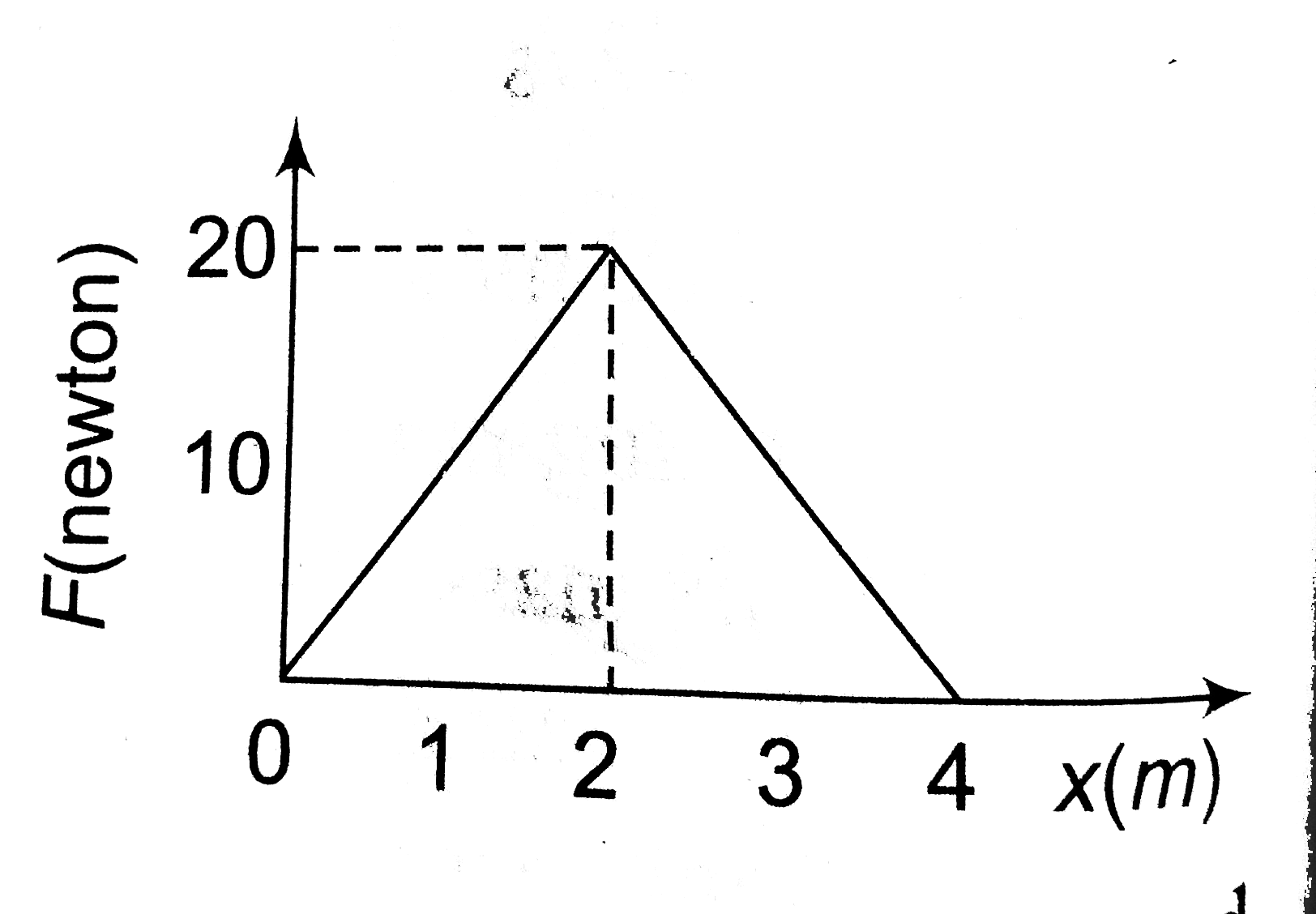
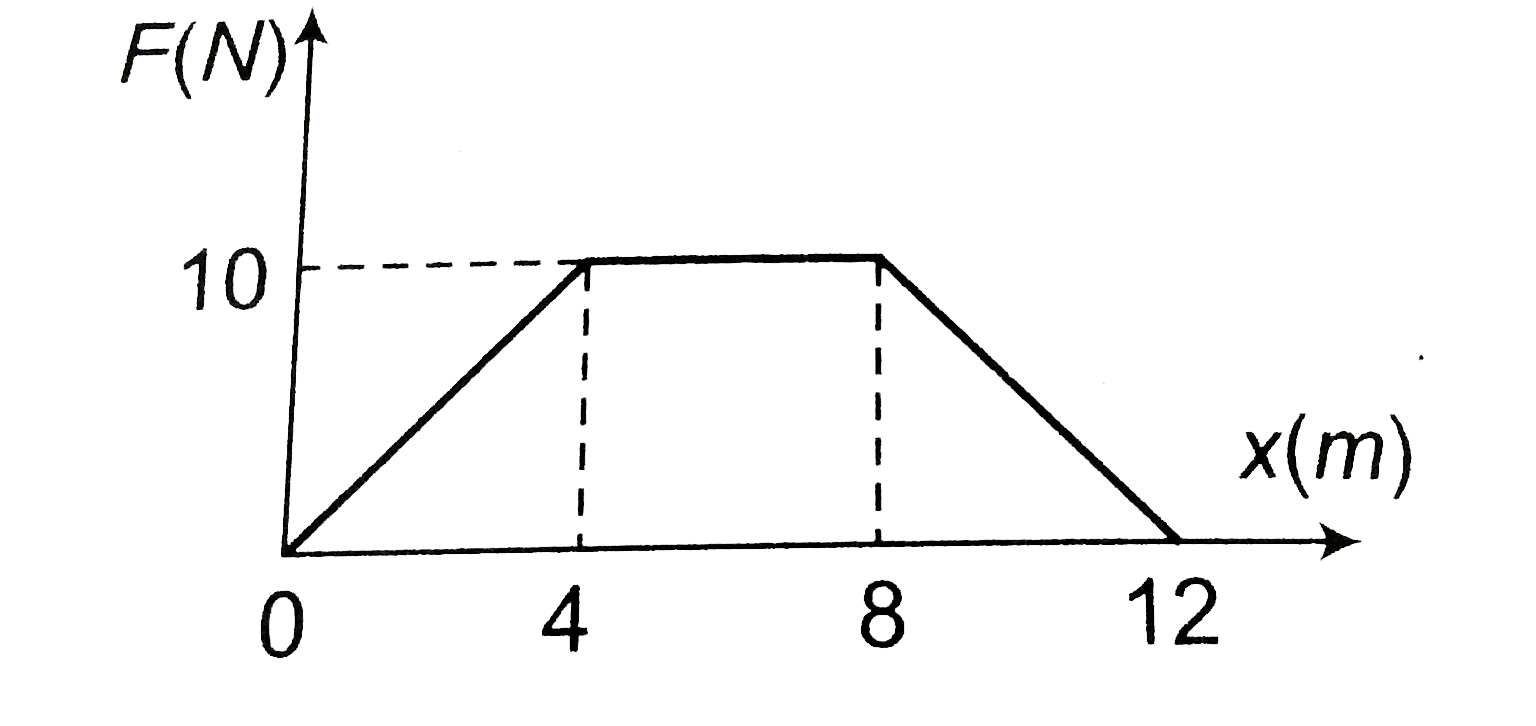
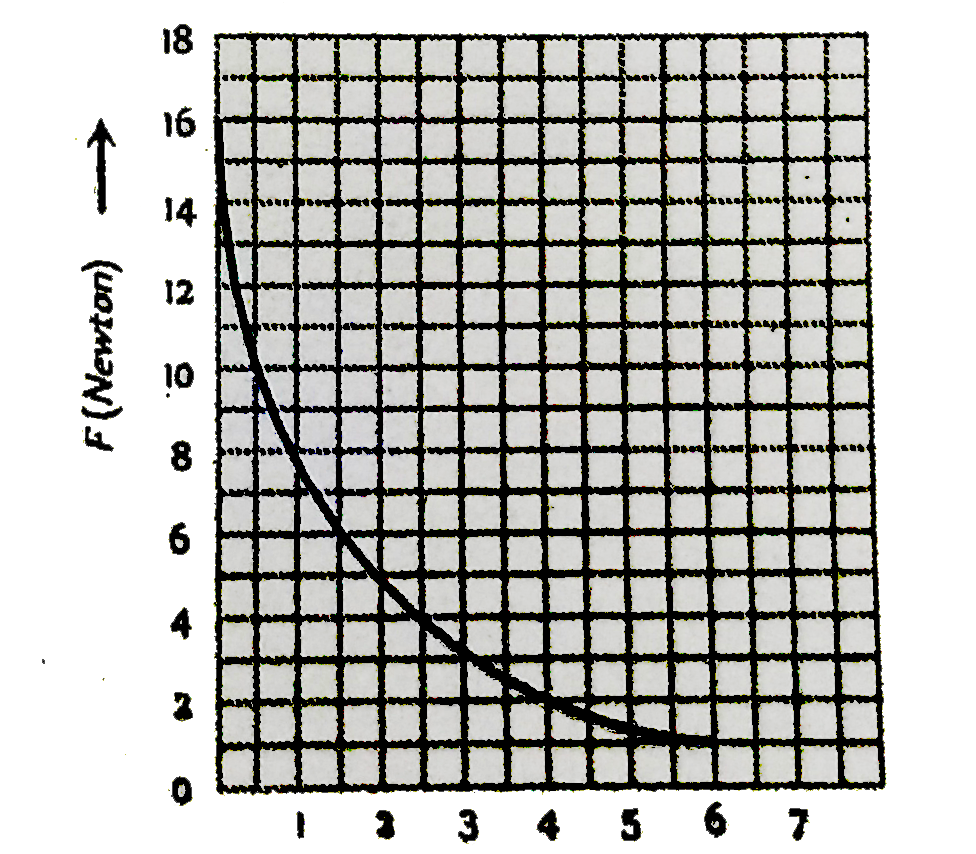
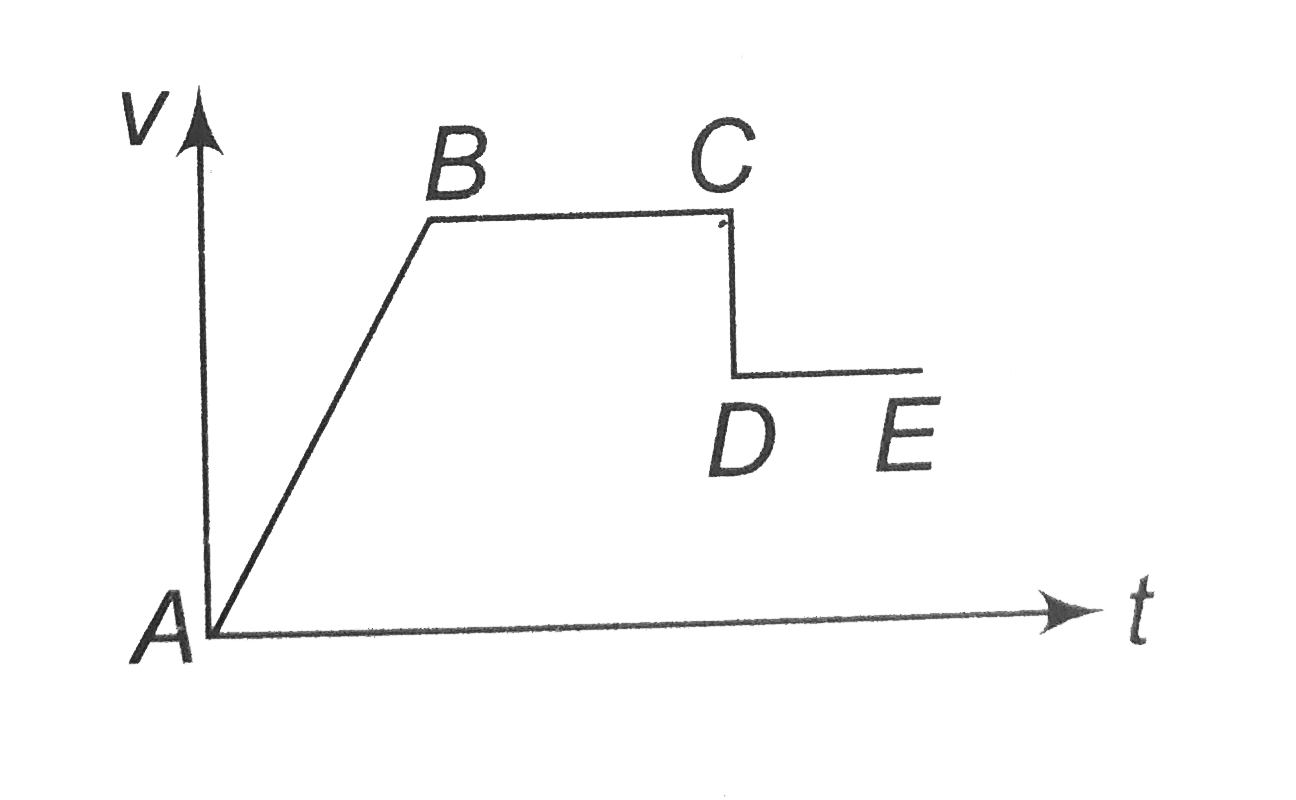
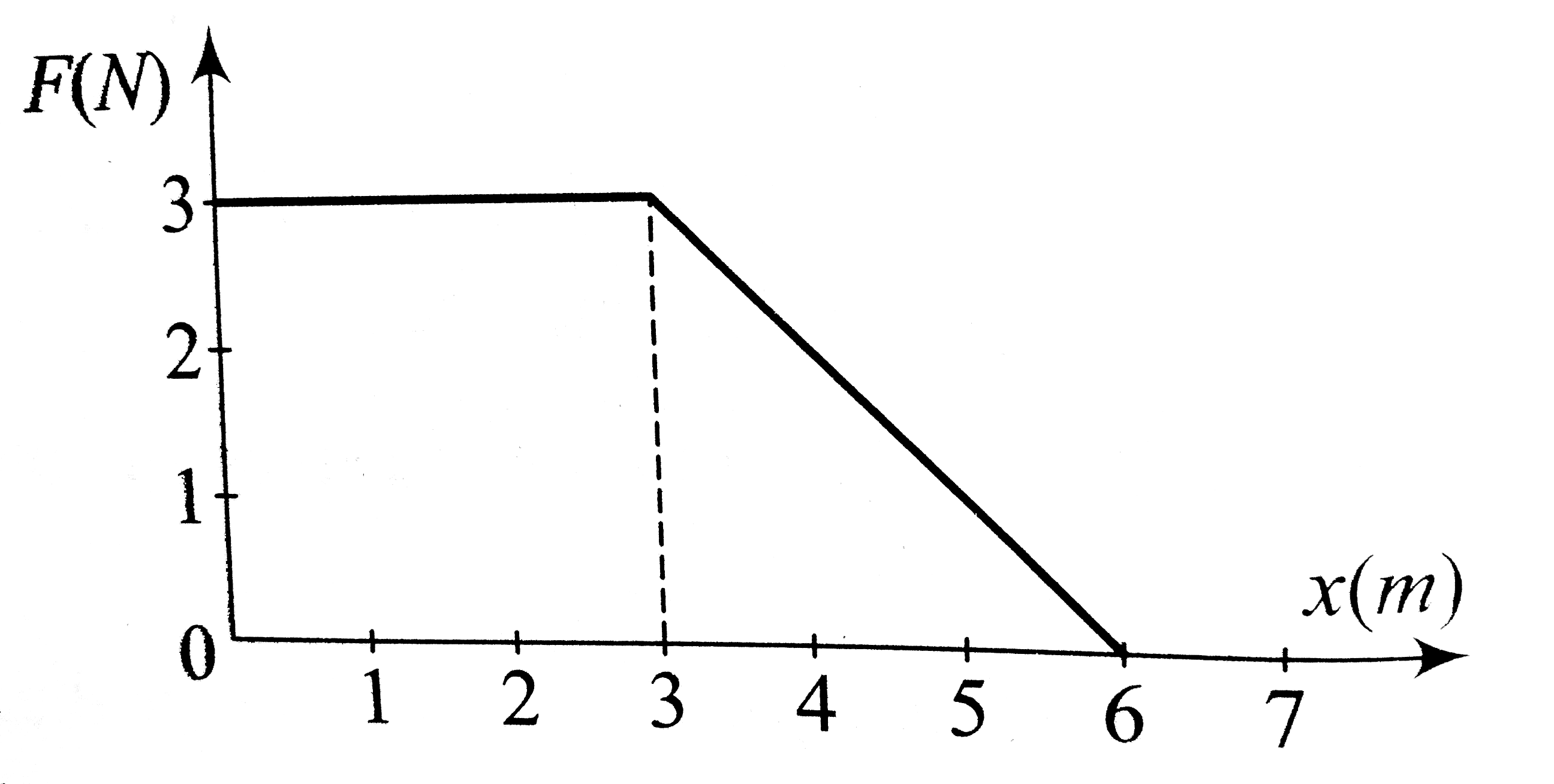
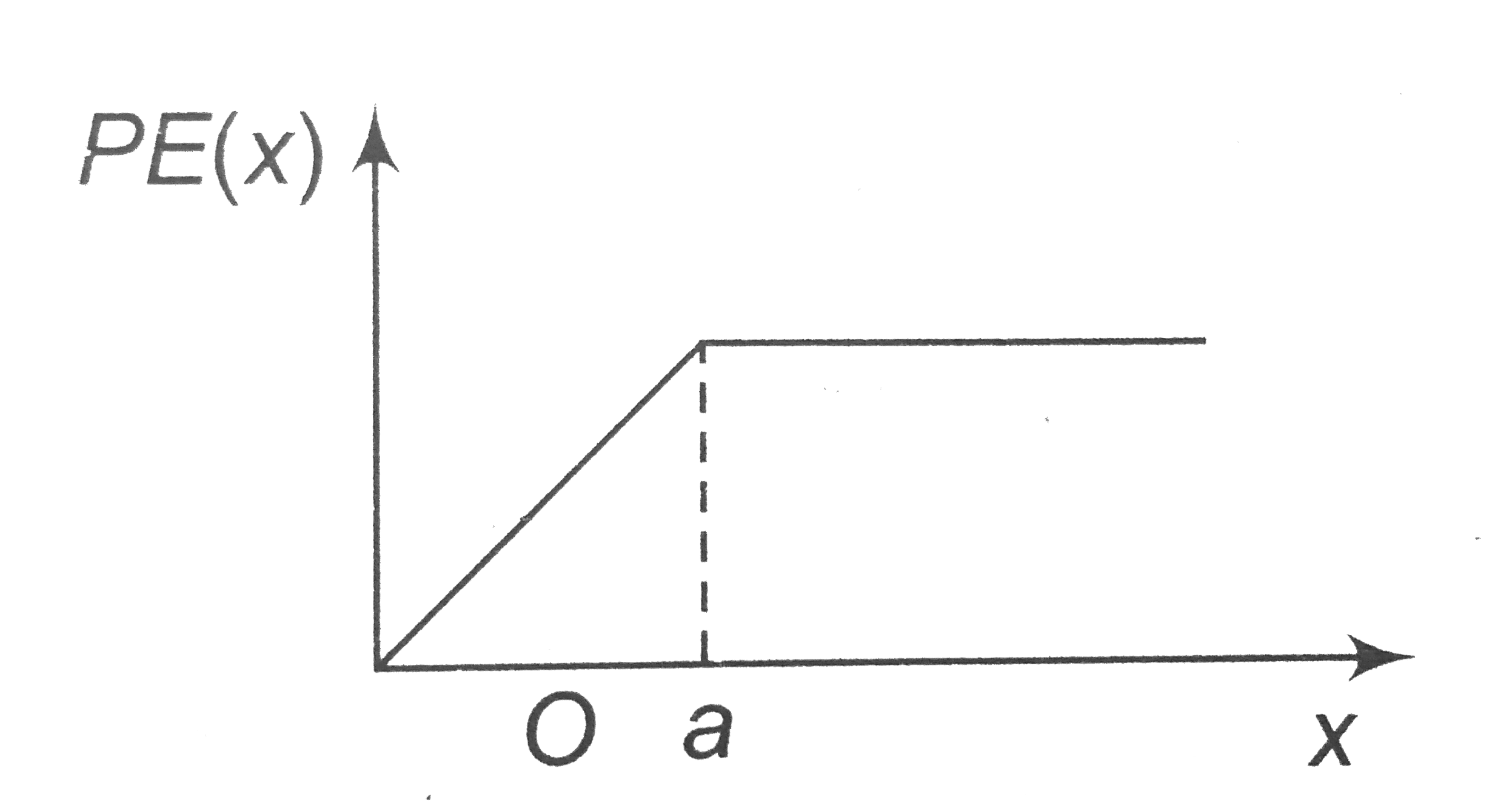
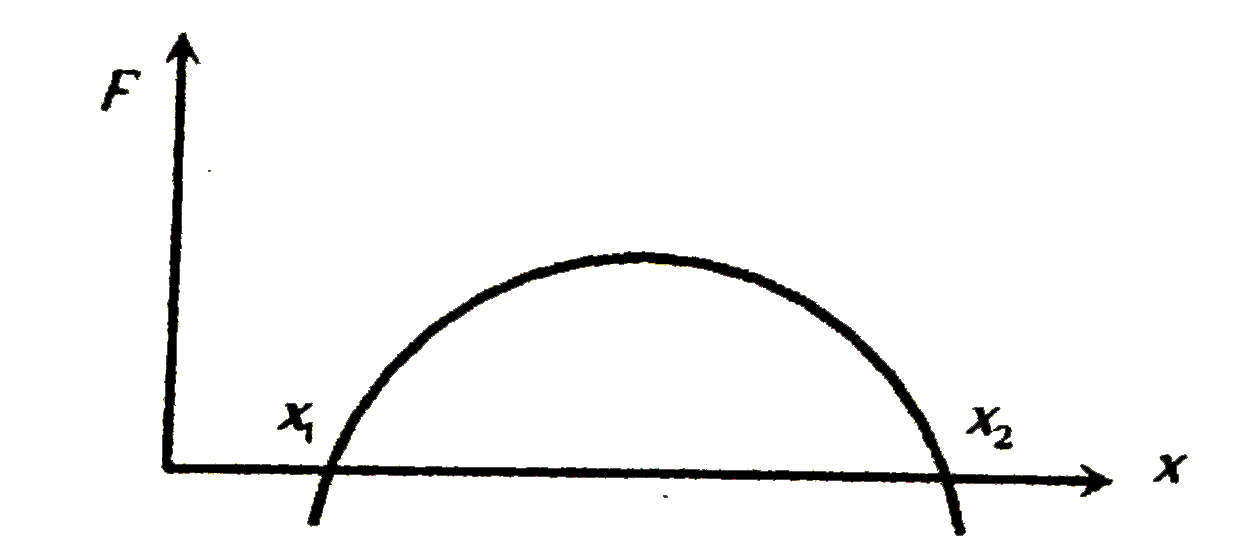
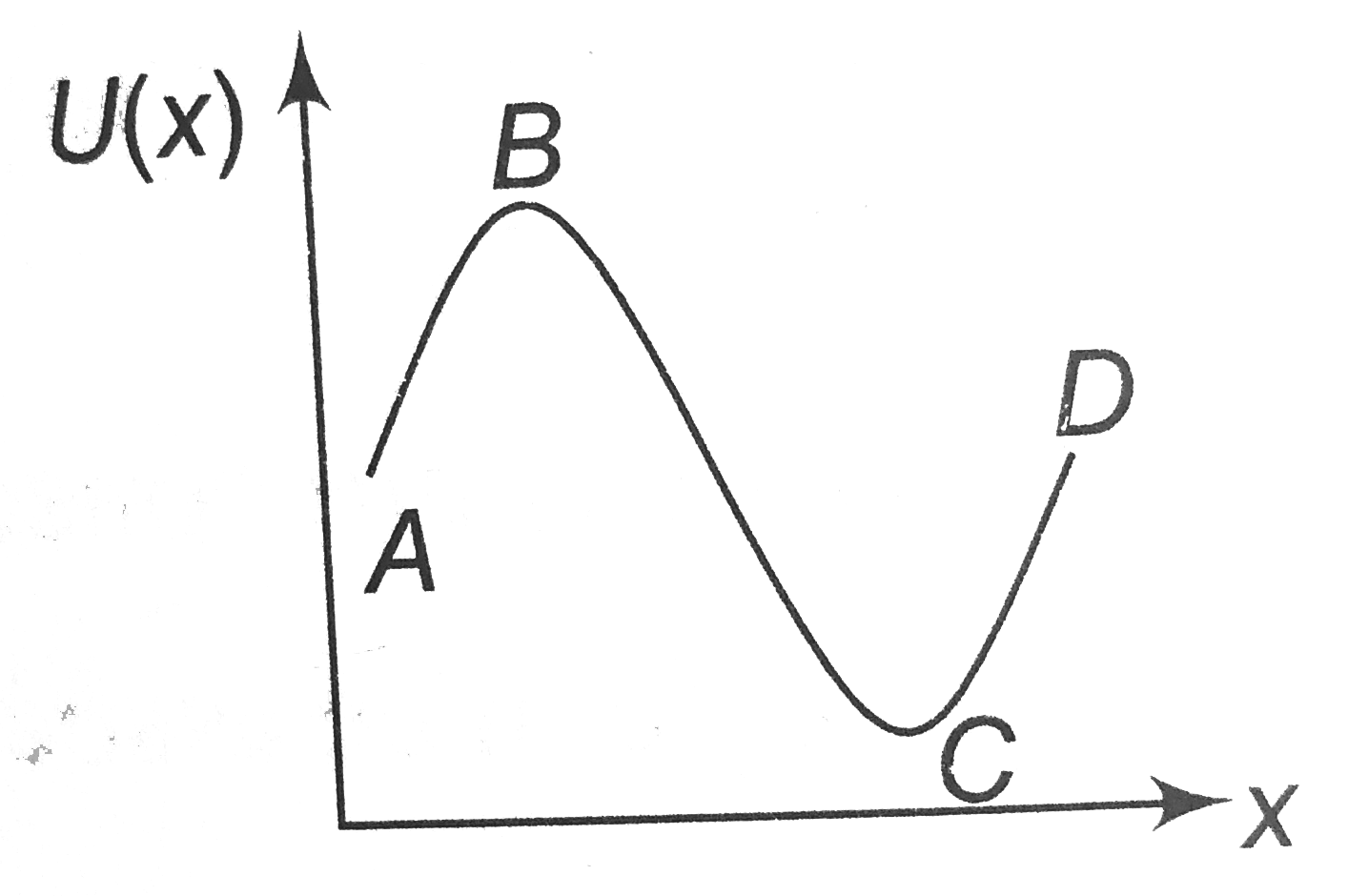
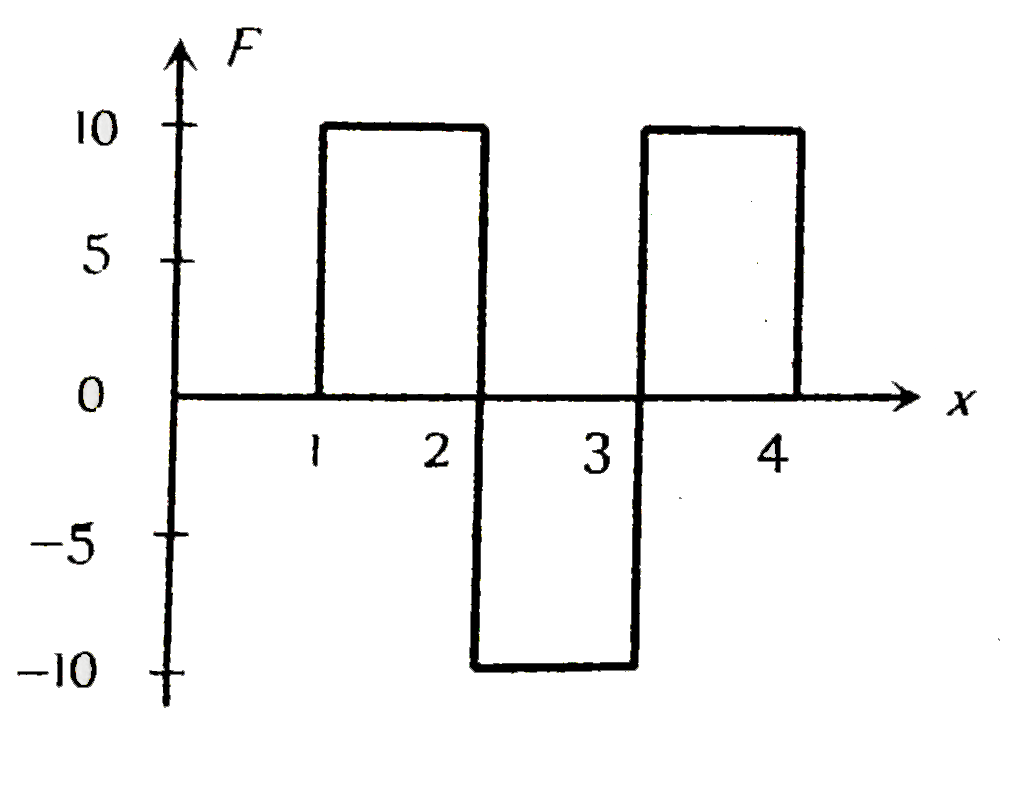
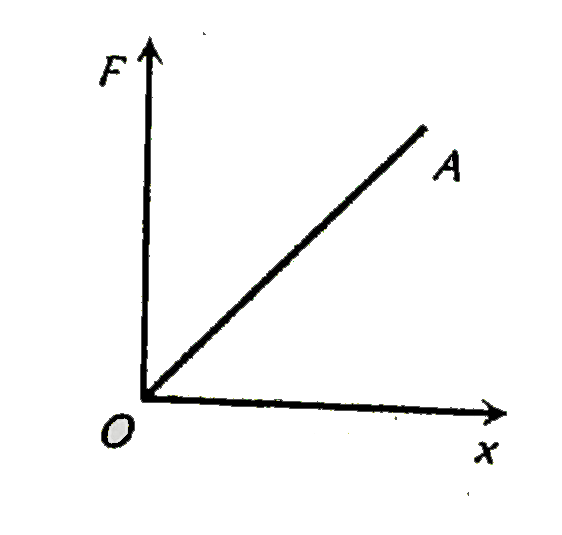
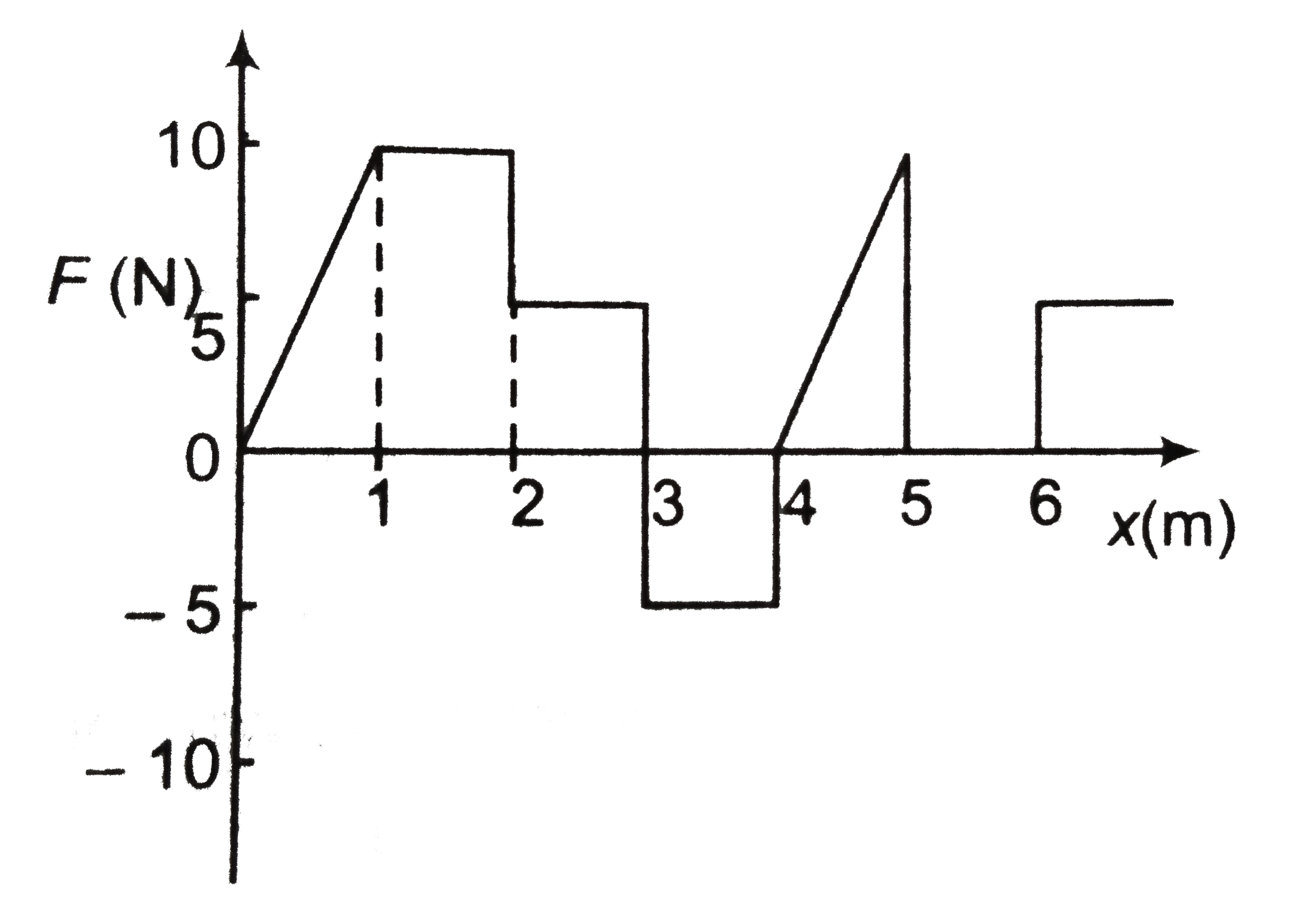 .
.